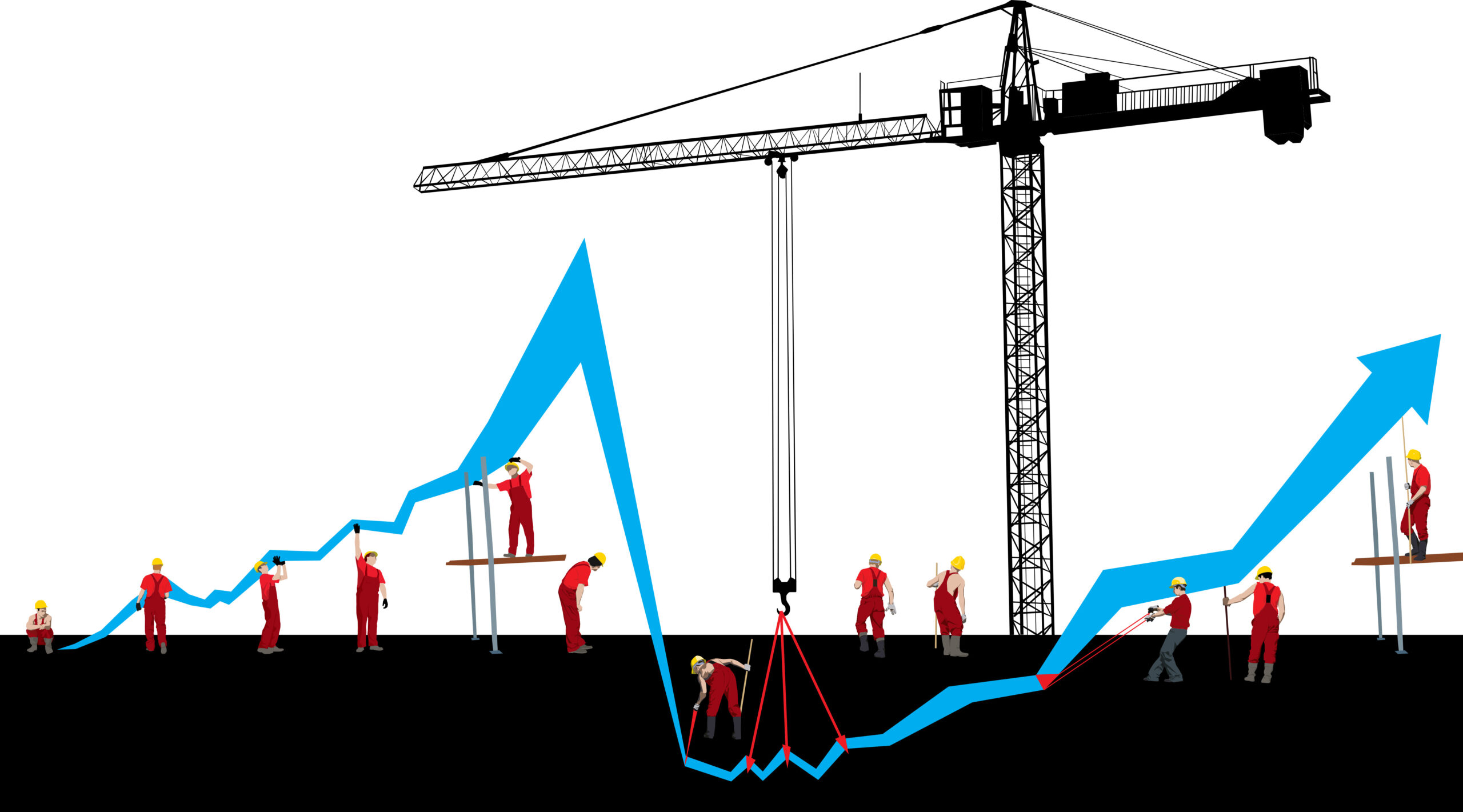Blog
5 Trends in the Construction Industry That Make Electronic Takeoff Software a Necessity
The construction estimating takeoff process went largely unchanged for decades. Until relatively recently, takeoff was entirely manual process where estimators would examine physical drawings or blueprints and painstakingly create lists of materials. Digital, or electronic takeoff capabilities began entering the scene in the late 2000s, providing estimators with a much better way to visualize the project and accurately perform takeoffs directly from electronic plans. Even as electronic takeoff software gains a strong foothold in the industry, many contractors continue to rely on manual processes. There are five trends in the construction industry, however, that have turned electronic takeoff software into a necessity.
-
- Accuracy and cost control are more important than ever
A 2016 McKinsey analysis found that construction projects typically take 20% longer to finish than scheduled and are up to 80% over budget. Cost control is a perennial concern for contractors, and the current economic climate is elevating cost control efforts. PwC’s latest COVID-19 CFO Pulse Survey found that 81% of CFOs are considering cost reductions in response to the crisis, and 60% say they are planning to defer or cancel investments. Electronic takeoff methods speed the takeoff process, saving valuable labor hours. These same methods also result in more accurate takeoffs, leading to more accurate estimates, resulting in on-budget, profitable projects. While it’s possible to complete an accurate takeoff using manual methods, it opens to process to too much uncertainty and inefficiency.
- Accuracy and cost control are more important than ever
-
- Shortage of talent
The construction industry is facing a critical labor shortage, and the shortage extends to cost estimators. Demand for these skilled professionals is expected to rise by 11% through 2026. Exacerbating the problem is the fact that about 41% of the construction workforce is expected to retire by 2031. Facing a shortage of talented professionals, it’s vital for construction companies to invest in time- and labor-saving technology tools that allows cost estimators to be as effective and efficient as possible. While it may be difficult to find new cost estimators, you can maximize the power of the ones you have. Electronic takeoff software can play a significant role in maximizing the efficiencies of your existing talent.
- Shortage of talent
-
- Low productivity rates
The construction industry’s global annual labor productivity growth over the past 20 years was less than 1%, which is significantly less than the productivity growth of the global economy. With only 37% of estimators using dedicated takeoff software, this is certainly one area where construction companies can focus their productivity-enhancing efforts. In our tests, electronic takeoff is easily 50% (or more) faster than manual takeoff. We’ve seen other estimates noting electronic takeoff is four-five times faster. Electronic takeoff software is one tool that can more than double an estimator’s productivity — a game changer for contractors.
- Low productivity rates
-
- Competitive pressures
Competition in the construction industry is nothing new. In fact, some argue that the industry really isn’t any more competitive now than it used to be. The competitive landscape, however, has changed significantly. Projects delayed in 2020 are likely to pick up again as economic activity is expected to stabilize. And subcontractors, especially smaller ones, were hard hit by the pandemic and may not survive, meaning general contractors may need to self-perform work they would normally sub out. As construction companies compete for new projects, they will need every tool at their disposal to win. Electronic takeoff software can be a competitive differentiator, providing contractors with efficiency-building capabilities that allow them to generate more estimates — and more accurate estimates — with fewer resources than their competitors.
- Competitive pressures
- Move to product-based building
The construction industry is experiencing a move toward modularization, the off-site production and on-site assembly of various structures and services. As product-based approaches increase, with their higher standardization and repeatability, there will be an increased push for quick, accurate quantity takeoffs to support production. Whereas manual takeoff techniques are inherently unscalable, electronic takeoffs are not only quicker to generate, but they are also quicker to revise in the (inevitable) event of changes. Electronic takeoff software can update estimates automatically with drawing changes while still retaining original estimate details.
During past economic cycles, companies that managed to move quickly to improve their productivity earlier were out in front during the recovery. Digital technologies like electronic takeoff software can enable faster and more accurate estimates, raise the productivity of your estimating team, help you better compete in a shifting market, and meet and monetize new industry trends. If you’d like to learn more about electronic takeoff software, or see a demo of eTakeoff, please give us a call at 877-952-3728 or email us.



